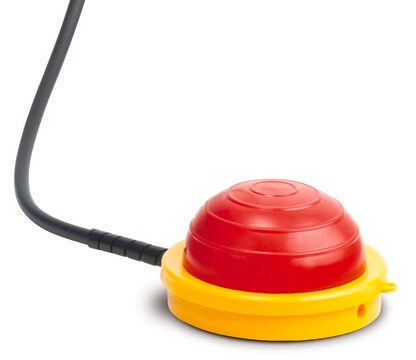CL10
CCS Viscosity Standard
ASTM D 5293 and SAE Specification J304
Sinonimo/i:
Cold-Cranking Simulator Viscosity Standard
About This Item
Prodotti consigliati
Grado
certified reference material
Durata
limited shelf life, expiry date on the label
Produttore/marchio commerciale
Paragon Scientific Ltd
applicazioni
cleaning products
cosmetics
flavors and fragrances
food and beverages
personal care
Formato
mixture
Cerchi prodotti simili? Visita Guida al confronto tra prodotti
Descrizione generale
Avvertenze
Danger
Indicazioni di pericolo
Consigli di prudenza
Classi di pericolo
Asp. Tox. 1
Codice della classe di stoccaggio
10 - Combustible liquids
Classe di pericolosità dell'acqua (WGK)
WGK 1
Scegli una delle versioni più recenti:
Certificati d'analisi (COA)
Non trovi la versione di tuo interesse?
Se hai bisogno di una versione specifica, puoi cercare il certificato tramite il numero di lotto.
Possiedi già questo prodotto?
I documenti relativi ai prodotti acquistati recentemente sono disponibili nell’Archivio dei documenti.
Il team dei nostri ricercatori vanta grande esperienza in tutte le aree della ricerca quali Life Science, scienza dei materiali, sintesi chimica, cromatografia, discipline analitiche, ecc..
Contatta l'Assistenza Tecnica.




